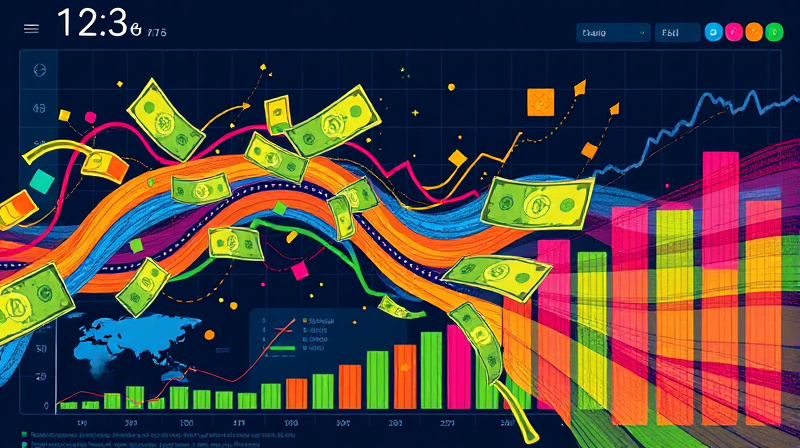
In today’s rapidly shifting markets, choosing the right mutual funds can feel like navigating a storm. Investors must balance growth ambitions with the reality of costs, ensuring every dollar works efficiently. This guide offers a clear, practical framework to screen and select funds by examining both risk and fees.
Volatility represents the degree to which a fund’s returns fluctuate around its average. By quantifying these swings, investors gain insight into potential downturns and peaks.
standard deviation measures absolute return variability, indicating how wildly a fund’s performance may swing year over year. A fund with a low standard deviation offers more stability, while a high value signals greater uncertainty.
Consider two hypothetical funds: Fund A delivers a consistent 11% return with zero volatility, while Fund B swings from -8.11% to 22.46%, averaging 4.17% returns but with nearly 13% deviation. Such comparisons underscore the importance of volatility analysis.
Fees steadily erode returns over time, turning promising gains into mediocrity if left unchecked. Recognizing and minimizing costs can dramatically boost long-term outcomes.
Actively managed funds typically carry fees from 0.75% to over 1.25%, while index funds can be as low as 0.05% to 0.15%. Over decades, a seemingly minor 0.50% difference compounds, favoring the lower-cost vehicle.
With key metrics identified, follow a structured approach to filter candidates systematically.
By following this methodology, investors avoid emotional biases and focus on data-driven decision making.
Access to reliable data is essential for thorough screening. Platforms like Morningstar and major financial websites offer sortable databases with all the volatility and fee metrics discussed. Fund prospectuses and the SEC fee tables provide official disclosures for deeper validation.
leveraging reputable financial data platforms ensures you work with current, accurate information, reducing the risk of outdated or incomplete analysis.
Once you’ve narrowed your universe, apply a concise set of thresholds to finalize selections. Adjust ranges to reflect your asset class and market expectations.
This table serves as a quick reference for screening across different fund categories, from equity to fixed income and international strategies.
Effective fund selection requires balancing potential rewards against associated risks and costs. By combining volatility metrics with fee analysis, investors gain a clear lens through which to view each opportunity.
avoid oversized fees that erode long-term returns by emphasizing low-cost vehicles without sacrificing performance. Simultaneously, harness risk metrics to ensure portfolio stability aligns with your financial goals.
Ultimately, empowering investors with actionable screening criteria transforms a confusing array of choices into a manageable, curated list of high-quality funds. Armed with this knowledge, you can confidently build portfolios that stand the test of market cycles and deliver sustainable growth.
Begin your screening process today, and take control of your investment journey with clarity, confidence, and a data-driven edge.
References













